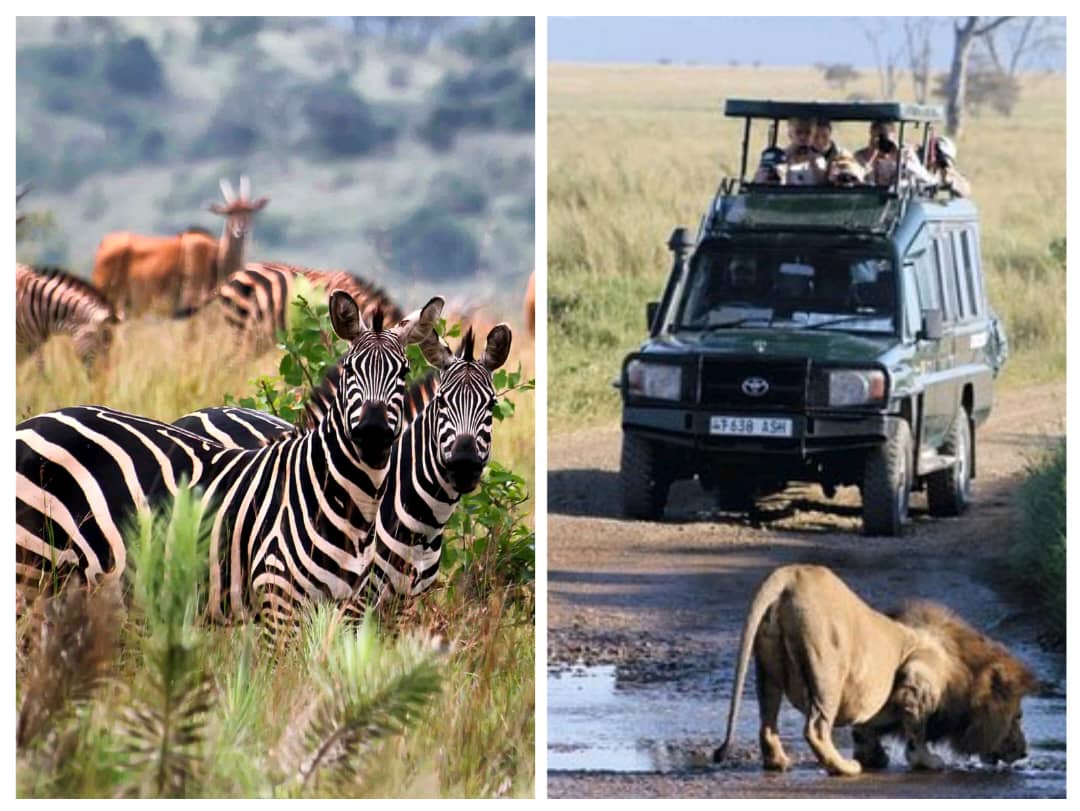BY TUYISHIME Eric
Akagera National Park, located in the northeastern part of Rwanda, is one of the country’s most important wildlife conservation areas and a significant tourist destination. The park, which spans approximately 1,122 square kilometers, is named after the Akagera River that flows along its eastern boundary. This river also serves as the natural border between Rwanda and Tanzania.
Biodiversity and Wildlife
Akagera National Park is known for its diverse ecosystems, which include savannahs, swamps, lakes, and mountains. This variety of habitats supports a wide range of wildlife, making the park a haven for animal lovers and conservationists. The park is home to the “Big Five” lions, leopards, elephants, rhinoceroses, and buffaloes as well as other species such as giraffes, zebras, hippos, and various antelope species. Birdwatchers can also enjoy spotting over 500 bird species, including the rare shoebill stork and the papyrus gonolek.
Conservation Efforts
In the past, Akagera faced significant challenges due to poaching and land conversion for agriculture, which led to a decline in wildlife populations. However, since 2010, when the Rwanda Development Board (RDB) partnered with the non-profit organization African Parks, the park has seen remarkable recovery. African Parks took over the management of Akagera and implemented rigorous anti-poaching measures, community engagement programs, and wildlife reintroduction initiatives. For example, lions were reintroduced to the park in 2015 after being extinct in the area for nearly 20 years, and eastern black rhinos were reintroduced in 2017.
Tourism and Community Engagement
Tourism is a critical component of Akagera’s sustainability. The park offers various activities for visitors, including game drives, boat safaris on Lake Ihema, birdwatching, and guided nature walks. The revenue generated from tourism is reinvested into conservation projects and community development initiatives. Akagera’s management works closely with local communities to ensure they benefit from the park’s success, providing jobs and supporting local businesses.
Challenges and Future Prospects
While Akagera National Park has made significant strides in conservation, it still faces challenges such as human-wildlife conflict, climate change, and the need for continued funding. However, the park’s successful restoration and the ongoing commitment to conservation offer hope for its future. Akagera is now a symbol of Rwanda’s dedication to preserving its natural heritage and a model for other conservation efforts across Africa.
Akagera National Park continues to be a vital part of Rwanda’s ecological and economic landscape, showcasing the potential for wildlife conservation to thrive alongside community development.






